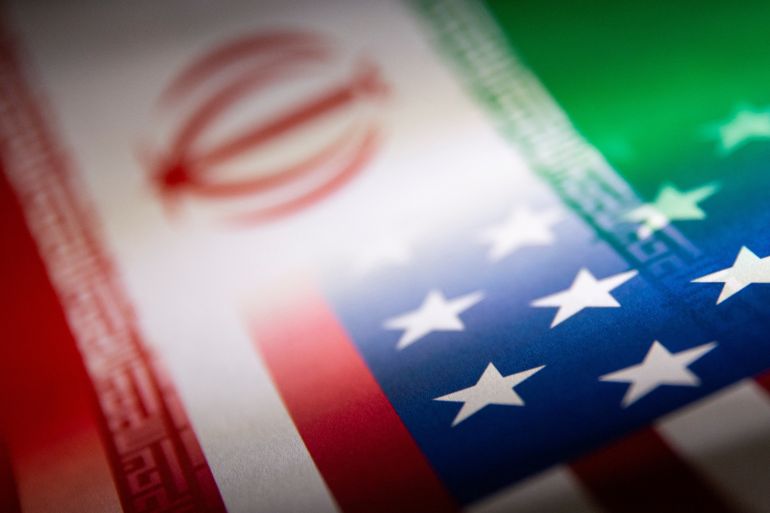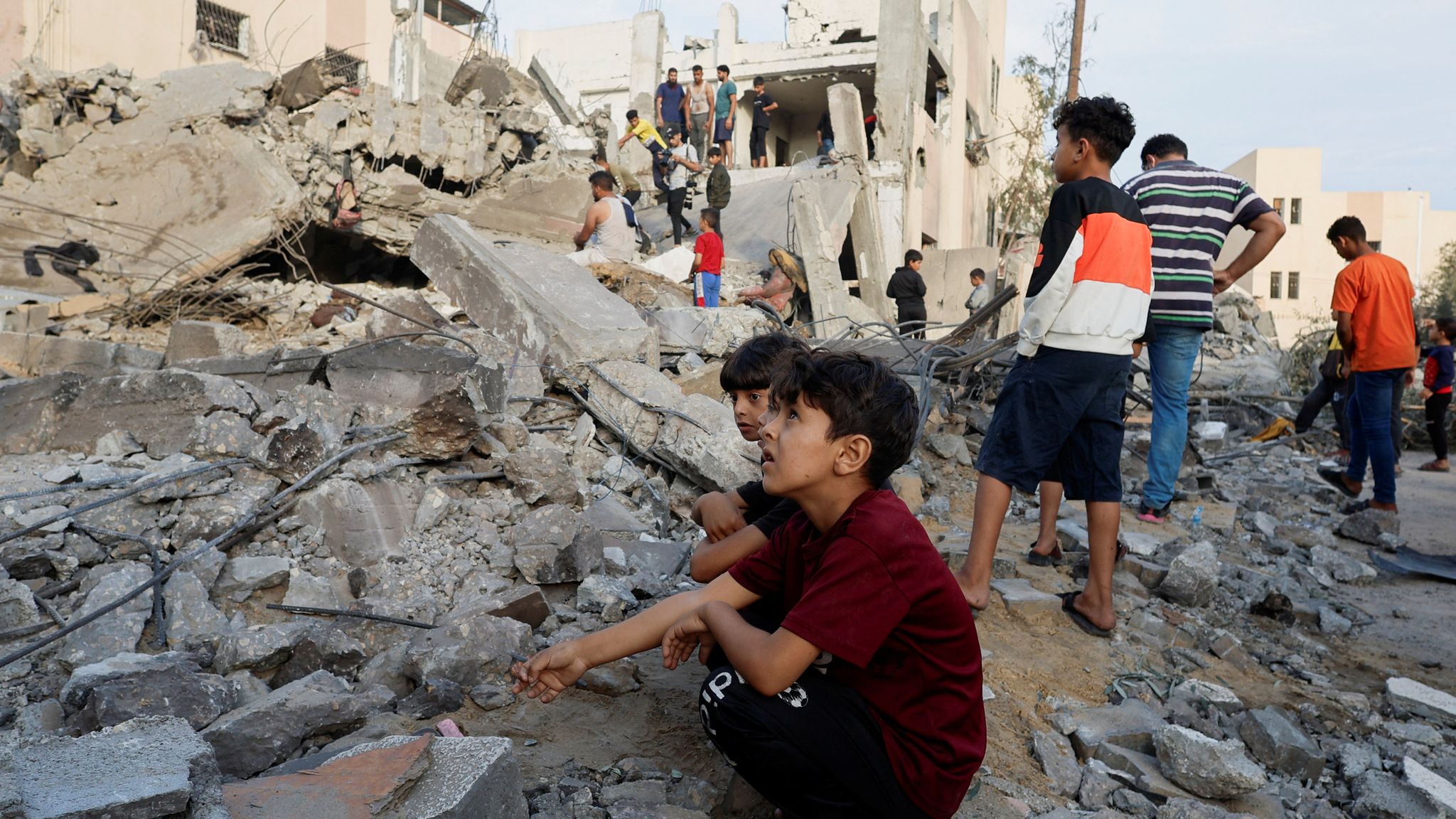Historical Context: A Complicated Relationship
To fully grasp the current landscape of Iran news, it’s important to understand the historical context. The U.S.-Iran relationship has experienced several pivotal moments, including the 1953 CIA-backed coup that reinstated the Shah, the 1979 Islamic Revolution that led to the establishment of the Islamic Republic, and the subsequent hostage crisis that severed diplomatic ties.
Since then, U.S. policies towards Iran have oscillated between sanctions, diplomatic overtures, and military posturing. The nuclear deal, formally known as the Joint Comprehensive Plan of Action (JCPOA), signed in 2015 under the Obama administration, represented a significant attempt to mitigate tensions. However, the U.S. withdrawal from the agreement in 2018 under President Donald Trump led to renewed hostilities and escalated sanctions, reshaping the narrative around Iran in American media.
Key Current Events in Iran
Nuclear Developments
One of the most pressing issues in U.S.-Iran relations is Iran’s nuclear program. In recent months, news reports have focused on Iran’s advancements in uranium enrichment and the potential for resuming negotiations surrounding the JCPOA. The Biden administration has expressed a desire to return to the agreement, albeit with modifications, while Iran has been adamant about its right to pursue its nuclear program.
The ongoing negotiations in Vienna have seen numerous setbacks, with both sides accusing each other of failing to meet commitments. The situation remains fluid, and the implications of Iran’s nuclear capabilities are a constant source of concern for U.S. national security.
Regional Tensions
Iran’s influence in the Middle East continues to grow, particularly through its support for proxy groups in countries like Iraq, Syria, Lebanon, and Yemen. Recent conflicts involving these groups have heightened tensions between Iran and Israel, as well as between Iran and Gulf Arab states. Reports of military skirmishes, drone attacks, and cyber warfare have dominated headlines, emphasizing the fragile security situation in the region.
The U.S. response has often involved military support for allies and increased sanctions against Iranian entities. The implications of these actions raise questions about the effectiveness of U.S. policy in curbing Iran’s regional ambitions and maintaining stability in the Middle East.
Human Rights and Protests
In addition to geopolitical concerns, human rights issues within Iran have gained prominence in U.S. media. Protests over economic conditions, government repression, and social freedoms have erupted in various cities, drawing attention to the plight of ordinary Iranians. The government’s crackdown on dissent has raised alarms among human rights organizations and sparked calls for the U.S. to address these issues in its foreign policy.
The U.S. has often used human rights as a justification for sanctions and diplomatic isolation, but the effectiveness of this approach remains debated. While some argue that it helps promote change, others contend that it exacerbates economic hardships for the Iranian people without achieving tangible results.
Media Narratives and Public Perception
Coverage and Framing
Media coverage of sdnational.com in the U.S. is often framed through a lens of conflict and security. Major news outlets frequently report on military developments, nuclear advancements, and diplomatic tensions, contributing to a narrative that prioritizes threats over opportunities for dialogue. This framing can shape public perception, leading to a general sense of fear and suspicion towards Iran.
However, there are alternative narratives that focus on cultural exchange, the Iranian diaspora, and the resilience of the Iranian people. Stories highlighting art, literature, and social movements can provide a more nuanced understanding of Iran, moving beyond the security-centric viewpoint that dominates mainstream coverage.
The Role of Social Media
Social media has transformed how news about Iran is disseminated and consumed. Platforms like Twitter, Instagram, and Facebook allow for real-time updates and enable individuals to share their perspectives directly. This shift has given voice to Iranians both within the country and abroad, providing a platform for advocacy and raising awareness about human rights issues.
However, social media also presents challenges, including the spread of misinformation and the potential for online harassment. The Iranian government has been known to monitor and censor online activity, complicating the ability of citizens to express dissenting views. This dynamic adds another layer to the already complex narrative surrounding Iran in U.S. media.
Implications for U.S. Foreign Policy
Sanctions and Economic Pressure
U.S. sanctions remain a central component of American policy towards Iran. While intended to curb Iran’s nuclear ambitions and regional influence, these measures often have unintended consequences. Critics argue that sanctions disproportionately affect ordinary Iranians and can lead to humanitarian crises, while supporters contend they are necessary for national security.
As the Biden administration navigates its approach to Iran, the question of sanctions remains contentious. Balancing the need for accountability with the desire for diplomatic engagement presents a significant challenge, and the outcomes of these policies will likely shape U.S.-Iran relations for years to come.
The Role of Allies
The U.S. must also consider its relationships with allies in the region, particularly Israel and Gulf Arab states. These countries view Iran as a direct threat and have often called for stronger measures against its nuclear program and regional activities. The U.S. must navigate these alliances carefully, as diverging interests can complicate efforts to achieve a cohesive policy towards Iran.
Conclusion
The landscape of Iran news in the USA is complex and multifaceted, reflecting a history of conflict, shifting policies, and a diverse range of perspectives. As the situation continues to evolve, understanding the nuances behind the headlines is essential for policymakers and the public alike.
From nuclear negotiations to human rights issues, the challenges and opportunities facing Iran and the U.S. are intertwined. A comprehensive approach that considers not only security concerns but also cultural and humanitarian dimensions will be crucial for fostering a more constructive relationship.
In this ever-changing environment, staying informed about the developments in Iran and their implications for U.S. foreign policy is more important than ever. The dialogue surrounding Iran will continue to shape the geopolitical landscape, and understanding the complexities of this relationship is essential for navigating the future.



